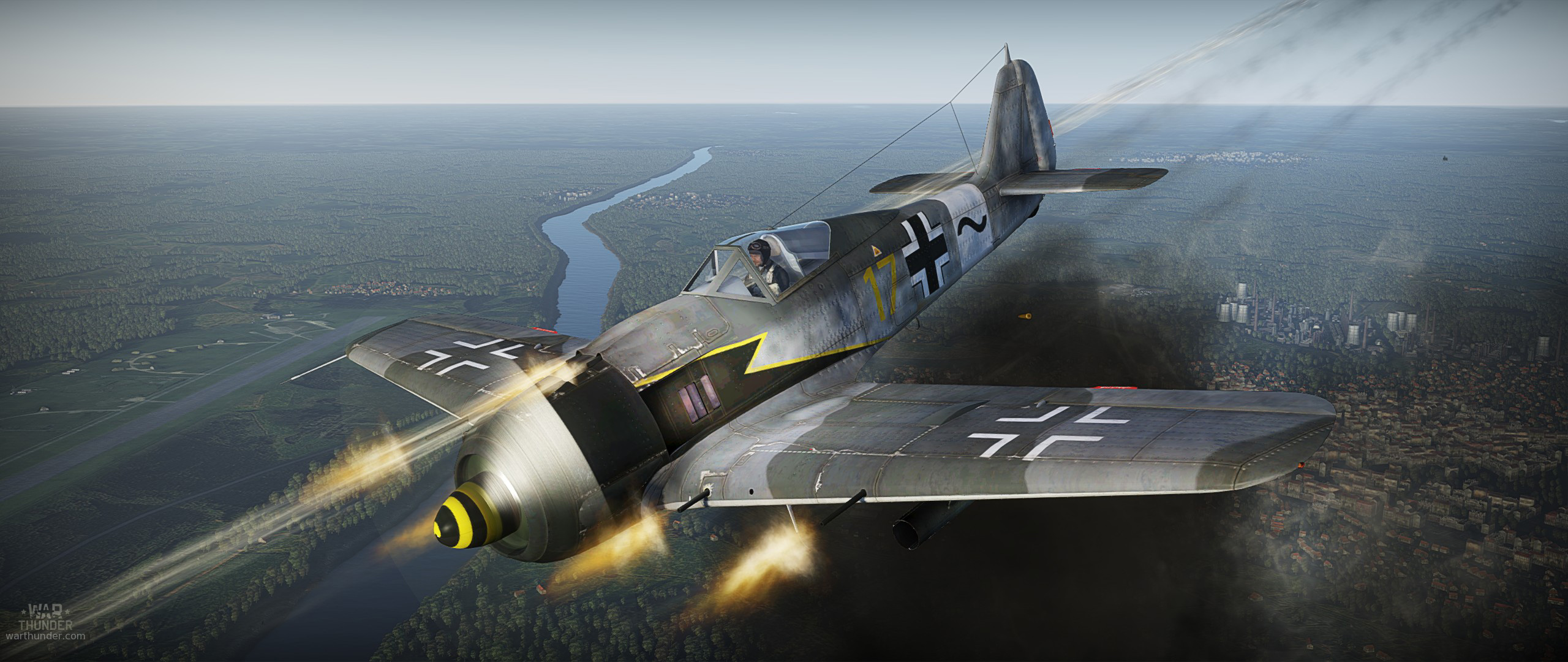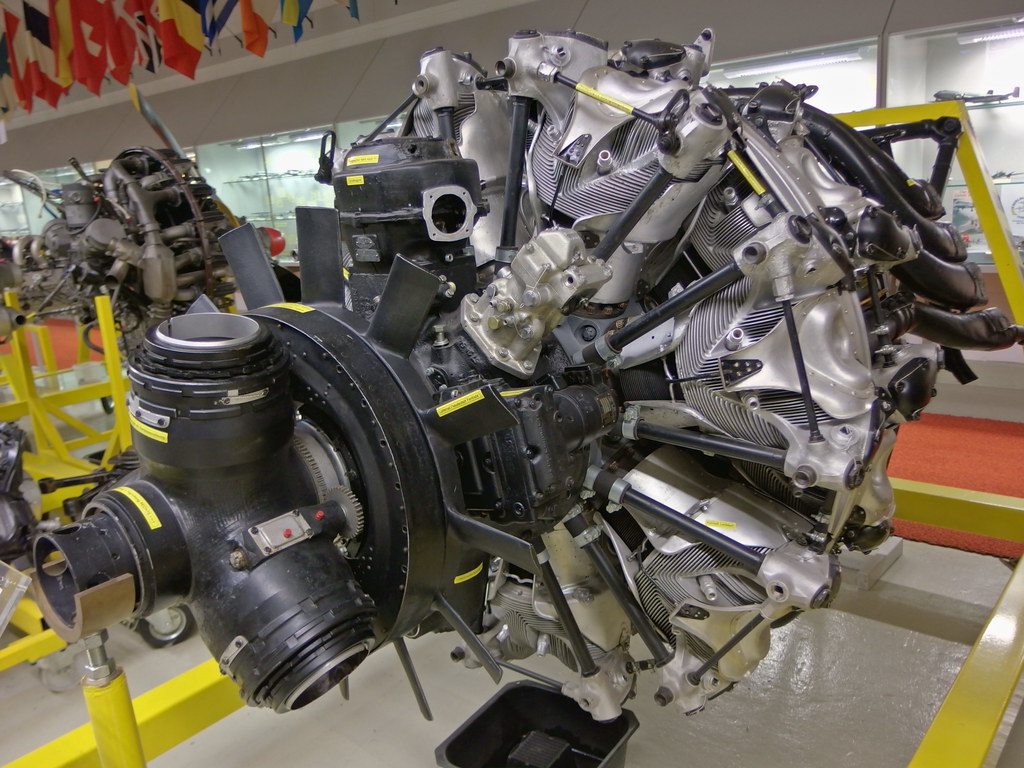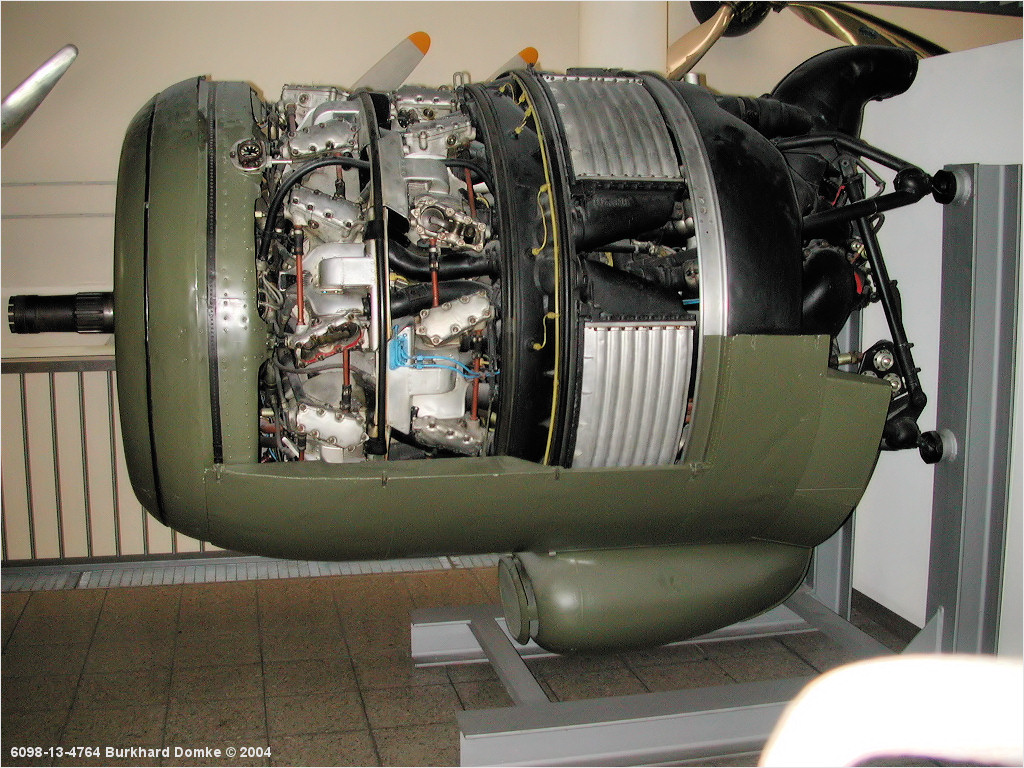
Istvan Michalko's scale models Luftwaffe BMW 801D radial engine (WWII
The BMW 801 was a good engine but it is like trying to compare a 6 liter car engine to a 6.6 liter car engine. The BMW 801 is actually a better match to the Wright R-2600.

[Profile] BMW 801 Engine News War Thunder
The BMW 801 was a powerful German 41.8-litre (2,550 cu in) air-cooled 14-cylinder- radial aircraft engine built by BMW and used in a number of German Luftwaffe aircraft of World War II. Production versions of the twin-row engine generated between 1,560 and 2,000 PS (1,540-1,970 hp, or 1,150-1,470 kW ).

ปักพินโดย Henry ใน BMW 801 engine เครื่องบินรบ
Contact| The BMW 801D The BMW 801D-2 14-cylinder radial twin-in-line engine with direct fuel injection had a rated power of 1,460 hp. and takeoff power 1,700 hp.

BMW 801 Radial Engine Luftfahrt Museum Hannover Laatzen Flickr
The BMW 801, which first took to the skies in 1939, would power the Junkers Ju-88 and the Focke-Wulf Fw 190, two mainstays of the Luftwaffe, according to the National Air and Space Museum. The engine was an incredibly robust 14-cylinder radial piston engine capable of providing nearly 1,720 horsepower. Over 61,000 BMW 801 engines were built.

[Profile] BMW 801 Engine News War Thunder
BMW-801 radial engine dynamic parts. BMW-801 is a German WW-II airplane engine mainly used on Fock-Wulf FW-190-A. Double row 14 cylinders, 1600 to 1870 HP at 2700 rpm. 3D Model made by.

Pin on Motores
BMW 801 radial engines with 1,250 kW (1,677 hp), FuG 220 Lichtenstein SN-2 radar Ju 88 G-6 Junkers Jumo 213A inverted V12 engines with 1,287 kW (1,726 hp), used either FuG 220 Lichtenstein SN-2 90 MHz or FuG 218 Neptun 158/187 MHz frequency radar, either with the usual Hirschgeweih eight-dipole aerial setup or experimentally with the more.

The worlds "only" original FockeWulf FW 190 A5 flying with a genuine
At 6064cc, it was the largest automotive engine BMW had produced up to the time,. such as the BMW 801, a 41.8-liter 14-cylinder used in the Focke-Wulf Fw 190, of the Second World War.

The Amazo Effect The Cutaway Diagram Files BMW 801 14Cylinder
The BMW 801 is one of the most fascinating and yet most unlikely stories in the history of engine designs. It starts with a company called Siemens Schuckert Werkes - a division of the massive Siemens company - an early builder of water cooled in-line and air cooled radial aircraft engines. Seeking more powerful units they acquired a license to.

Plastic Models on the Engine Walkaround vol.18 BMW 801
The first BMW 801-engine Focke-Wulf to fly since the 1950s is Paul Allen's Fw-190A-5/U3, part of the ex-Microsoft billionaire's Flying Heritage Collection. The warbird of the moment seems to be the long-neglected Focke-Wulf Fw-190, with a number of impressive restoration and replica-building projects underway or, in several cases.

1944 BMW 801 airplane engine at Visit of BMW Museum, Munich
It's cable reimagined No DVR space limits. No long-term contract. No hidden fees. No cable box. No problems. How A Work BMW 801 Engine The BMW 801 was a powerful German 41.8-litre 2,550 cu in.

Aviation Images Deutsches Museum
The BMW 801 was the first German high-performance, air-cooled radial engine of new design introduced after the start of World War II. Introduction of a cooling fan in the cowl nose opening, operating at approximately three times propeller speed and with internal baffles, made it possible to eliminate all external cowling enlargements.
BMW 801C, Radial 14 Engine Smithsonian Institution
The BMW 801 was the first German high-performance, air-cooled radial engine of new design introduced after the start of World War II. Introduction of a cooling fan in the cowl nose opening, operating at approximately three times propeller speed and with internal baffles, made it possible to eliminate all external cowling enlargements.

BMW 801 Aircraft engine, Aircraft design, Engineering
BMW 801: The Engine That Dominated WWII Aerial Warfare August 30, 2023 Craig Bowman BMW 801 engine Photo: Clayton Tang The roar of the BMW 801 was unmistakable during World War II. Powering famed aircraft like the Focke-Wulf Fw 190 and the Junkers Ju 88, this engine played a critical role in aerial encounters during World War II.

Luftwaffe Lovers FockeWulf Fw190 Powerplant. Part 6 Compiled by
The BMW 801 is a German radial engine, this specific engine is presumably a type D-2. Design of the 801 series began in 1938, and the engine became one of the most produced German radial engines, with over 28,000 units made.

BMW801 front BMW 801 Wikipedia Aircraft Engine, Ww2 Aircraft
The BMW 801 twin row radial engine formed the basis of the Focke Wulf fw190 design. This engine has the reputation as being among the better engine designs of WW2 regardless of limitations in German supercharger technology which lead to some failings at high altitude. It also powered many other Luftwaffe aircraft, from the Arado Ar 232A to the.

Pin on FW190
The BMW 801 was a powerful German air-cooled 14-cylinder-radial aircraft engine built by BMW and used in a number of German Luftwaffe aircraft of World War II. Production versions of the twin-row engine generated between 1,560 and 2,000 PS (1,540-1,970 hp, or 1,150-1,470 kW). It was the most produced radial engine of Germany in World War II.